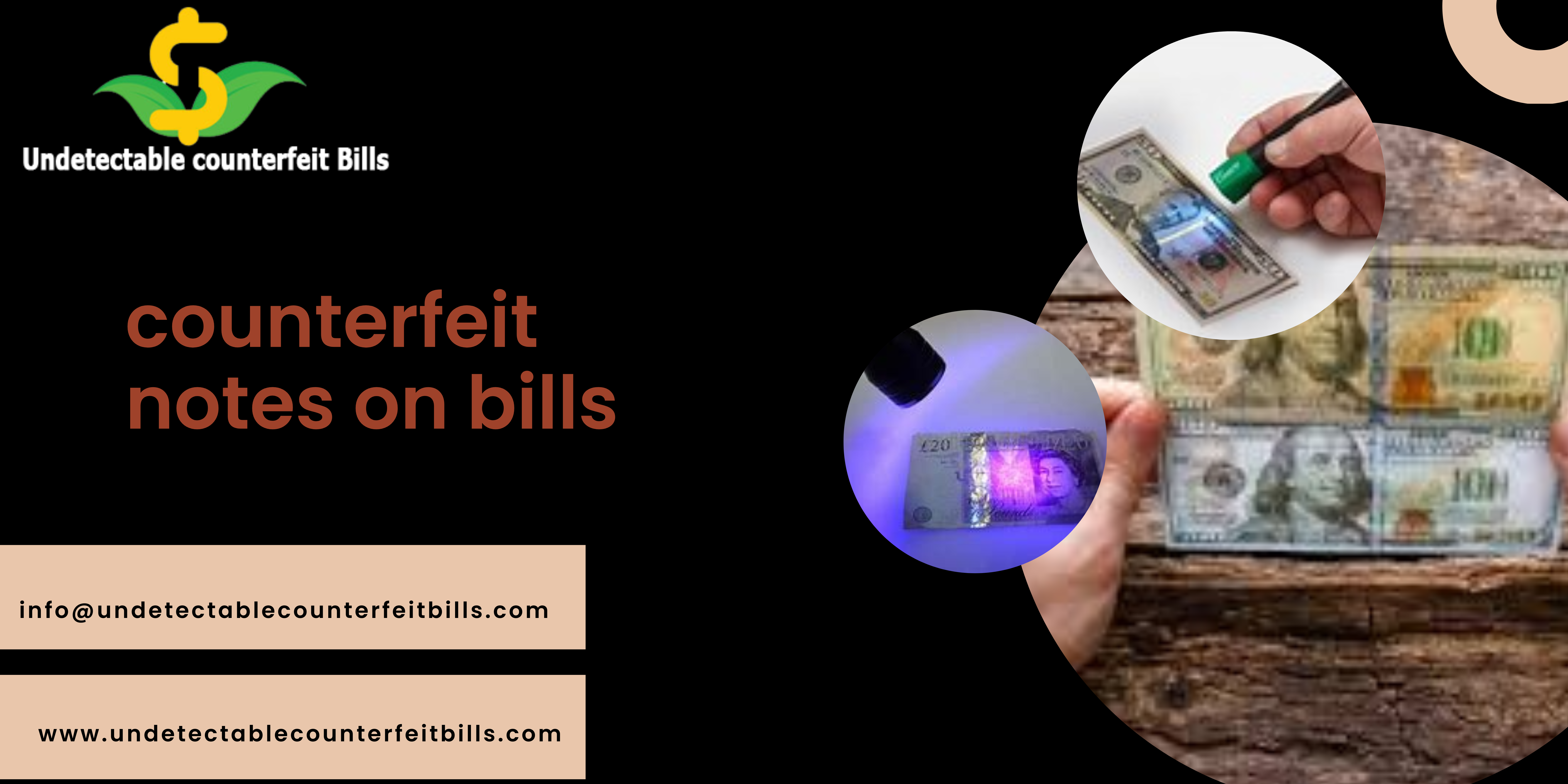Counterfeit Notes On Bills has evolved beyond physical goods to include currency. Counterfeit notes on bills pose a significant threat to economies worldwide, undermining trust in financial systems and causing financial losses to individuals and businesses alike.
The Origins of Counterfeit Currency
Counterfeiting currency dates back centuries, with historical records of counterfeit coins and paper money. However, advancements in technology have made it easier for counterfeiters to produce convincing replicas, posing a greater challenge to law enforcement agencies and financial institutions.
Types of Counterfeit Notes
Counterfeiters produce fake bills of various denominations, ranging from small denominations to high-value currencies. Commonly counterfeited currencies include the US dollar, Euro, British pound, and Japanese yen, among others.
Sophisticated Counterfeiting Techniques
Modern counterfeiters employ advanced printing techniques, including offset printing, intaglio printing, and digital printing, to create counterfeit notes that closely resemble genuine currency. They may also use special paper and inks to mimic the look and feel of authentic bills.
Detection Challenges
Detecting counterfeit notes can be challenging, even for trained professionals. Counterfeiters constantly refine their techniques to stay ahead of anti-counterfeiting measures, making it difficult for individuals and businesses to identify fake currency accurately.
The Economic Impact of Counterfeit Notes
Counterfeit currency undermines the stability of financial systems and can lead to significant economic losses. Businesses that unwittingly accept counterfeit bills incur losses when banks refuse to honor them. Moreover, the presence of counterfeit currency erodes public trust in the monetary system, leading to decreased consumer confidence and spending.
Losses to Individuals and Businesses
Individuals who receive counterfeit currency in transactions suffer direct financial losses. Similarly, businesses that accept fake bills face revenue losses and may incur additional expenses to implement counterfeit detection measures.
Combating Counterfeit Currency
Governments and financial institutions employ various measures to combat counterfeit currency, including the use of security features on banknotes, public awareness campaigns, and enforcement of anti-counterfeiting laws.
Security Features on Banknotes
Modern banknotes incorporate sophisticated security features, such as watermarks, security threads, and holograms, to deter counterfeiters and aid in counterfeit detection. These features make it easier for individuals and businesses to distinguish genuine currency from counterfeit notes.
Public Awareness and Education
Educating the public about counterfeit detection methods is crucial in the fight against counterfeit currency. Public awareness campaigns raise awareness about the prevalence of counterfeit notes and provide tips on how to identify fake currency.
Law Enforcement Efforts
Law enforcement agencies work tirelessly to apprehend counterfeiters and dismantle counterfeit currency operations. Through coordinated efforts and international cooperation, authorities aim to disrupt the production and distribution of counterfeit notes.
Conclusion
Counterfeit currency remains a persistent threat to the integrity of financial systems worldwide. By staying informed, exercising vigilance, and adopting robust counterfeit detection measures, individuals and businesses can protect themselves against the detrimental effects of counterfeit notes on bills.
FAQs
How common is counterfeit currency in today’s economy?
Counterfeit currency remains a significant concern, with counterfeiters constantly evolving their techniques to produce convincing replicas.
What should I do if I suspect I’ve received a counterfeit bill?
If you suspect you’ve received a counterfeit bill, refrain from passing it on and report it to the authorities or your financial institution immediately.
What are some common security features found on genuine banknotes?
Common security features include watermarks, security threads, color-shifting inks, and holograms, among others.
Can businesses refuse to accept cash payments to avoid counterfeit currency?
While businesses have the right to refuse cash payments, they must do so in compliance with legal tender laws and anti-discrimination regulations.
How can I educate myself and my employees about counterfeit detection?
Consider participating in counterfeit detection training programs offered by financial institutions or law enforcement agencies, and stay updated on the latest counterfeit detection techniques.

